Forums
- Forums
- Duggy's Reference Hangar
- USAAF / USN Library
- N3N "Yellow Peril"
N3N "Yellow Peril"
Post a reply
- Go to Previous topic
- Go to Next topic
- Go to Welcome
- Go to Introduce Yourself
- Go to General Discussion
- Go to Screenshots, Images and Videos
- Go to Off topic
- Go to Works in Progress
- Go to Skinning Tips / Tutorials
- Go to Skin Requests
- Go to IJAAF Library
- Go to Luftwaffe Library
- Go to RAF Library
- Go to USAAF / USN Library
- Go to Misc Library
- Go to The Ops Room
- Go to Made in Germany
- Go to Campaigns and Missions
- Go to Works in Progress
- Go to Juri's Air-Raid Shelter
- Go to Campaigns and Missions
- Go to Works in Progress
- Go to Skinpacks
- Go to External Projects Discussion
- Go to Books & Resources
-
13 years agoSat Aug 03 2019, 10:36pm
 Main AdminIt may be hard to believe, but in 1961 an open-cockpit biplane, designed in 1934, still remained in active service with the US Navy. That year the US Naval Academy in Annapolis retired the last of the N3N-3 "Yellow Peril" primary trainers.
Main AdminIt may be hard to believe, but in 1961 an open-cockpit biplane, designed in 1934, still remained in active service with the US Navy. That year the US Naval Academy in Annapolis retired the last of the N3N-3 "Yellow Peril" primary trainers.
The N3N design had its beginnings in 1934, with the first models delivered to the Navy in 1936. Built at the Naval Aircraft Factory in Philadelphia, the N3N was configured both as a land plane and a seaplane. The NAF was the only factory where aircraft and engines were built together..
The Naval Aircraft Factory (NAF), located at the Philadelphia Naval Shipyard, was established by the United States Navy in 1918 in order to assist in solving the problem of aircraft supply which faced the Navy Department upon the entry of the U.S. into World War I. The Army?s requirements for an enormous quantity of planes created a decided lack of interest among aircraft manufacturers in the Navy?s requirements for a comparatively small quantity of aircraft. The Navy Department concluded that it was necessary to build a Navy-owned aircraft factory in order to assure a part of its aircraft supply, to obtain cost data for the Department?s guidance in its dealings with private manufacturers, and to have under its own control a factory capable of producing experimental designs. The NAF ended aircraft production in early 1945.
The N3N featured a unique, all-metal frame construction. The front of the aircraft back to the firewall in the front cockpit and the vertical stabilizer were metal covered and the rest of the aircraft was fabric covered. Other unique features were a single integral top wing and five removable panels on the left side of the fuselage giving maintenance personnel easy access for inspections.
The N3N-3, which sported a revised tail shape and, with the exception of the first thirty produced, lacked the cowl ring of its predecessor, the N3N-1, served as a primary trainer during World War II. In addition, four of these aircraft were assigned to the Coast Guard during the war.
The name "Yellow Peril" was not the official name of this aircraft but a generic name applied to several primary trainers including the Boeing/Stearman NS and N2S Kaydets. The name originated from the fact that all naval trainers had been painted orange-yellow since 1917 as well as from its use in Naval Aviation Reserve bases where prospective Aviation Cadets received their first training. In the event that a cadet failed to solo within a certain period of time, he was in "Peril" of not being appointed an Aviation Cadet.
Most were sold as surplus after the war, but a few of the seaplane version were sent to the Naval Academy where they remained in use for the next sixteen years. When retired by the USNA in 1961 they had outlasted the famous Stearman's service record by 13 years... the last of those biplanes were deleted from the government inventory in 1948!
The N3N was an equal span, metal and fabric biplane. One version was built with wheels and another as a floatplane with center float and wing mounted stabilizing floats. The prototype, the NAF XNN-1 was flown in August of 1935. The success of the tests resulted in 179 N3N-1s being built. The first 158 being powered by a 220-hp Wright engine held in storage by the US Navy. An improved, US Navy-built Wright engine of 240-hp resulted in the creation of the XN3N-2 and XN3N-3 prototypes. The N3N-3 had a new tail and landing gear.
The Navy produced 816 N3N-3s. After 1938, N3N-1s were gradually upgraded with the new engines.
Specifications (N3N-3):
Engine: One 235-hp Wright R-760-2 Whirlwind 7-cylinder radial piston engine
Weight: Empty 2,090 lbs., Max Takeoff 2,792 lbs.
Wing Span: 34ft. 0in.
Length: 25ft. 6in.
Height: 10ft. 10in.
Performance:
Maximum Speed: 126 mph
Ceiling: 15,200 ft.
Range: 470 miles
Armament: None
Number Built: 995
Below XN3N-1 1935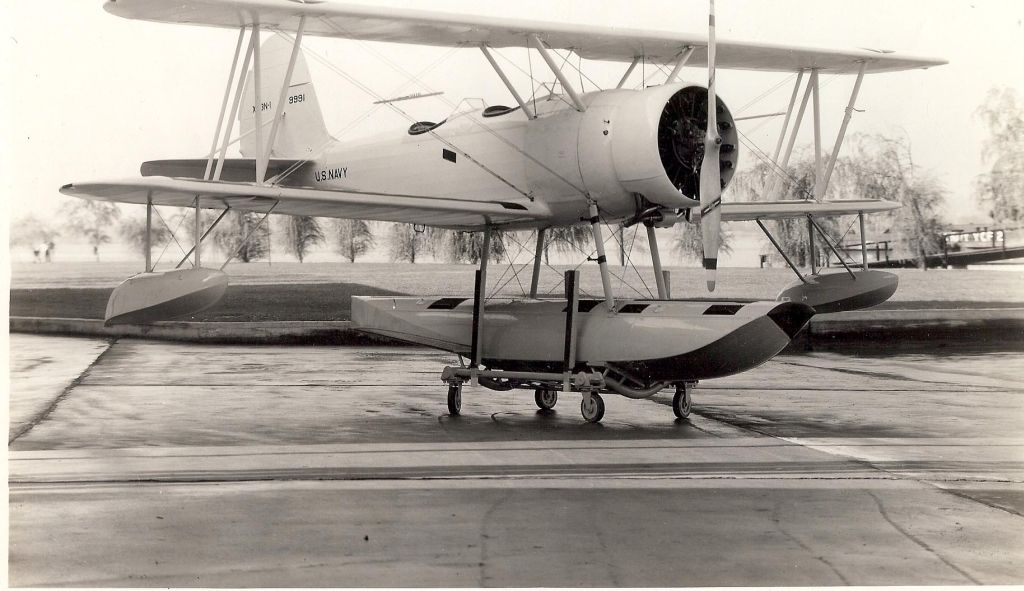
Below XN3N-2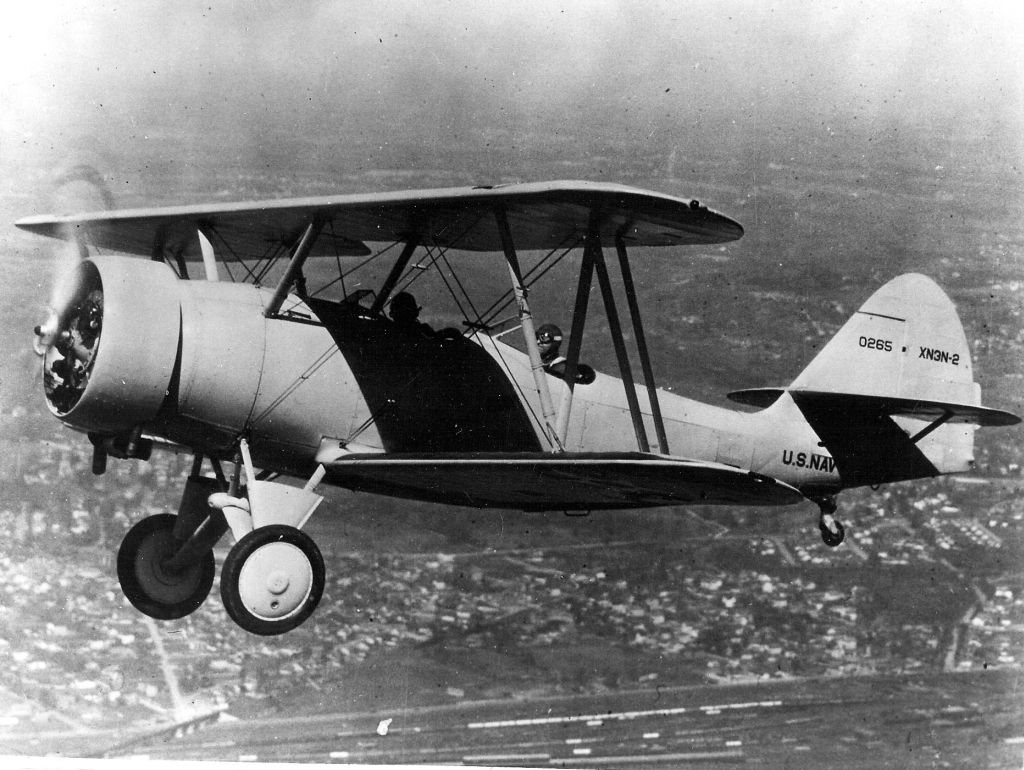
Below N3N-1/3s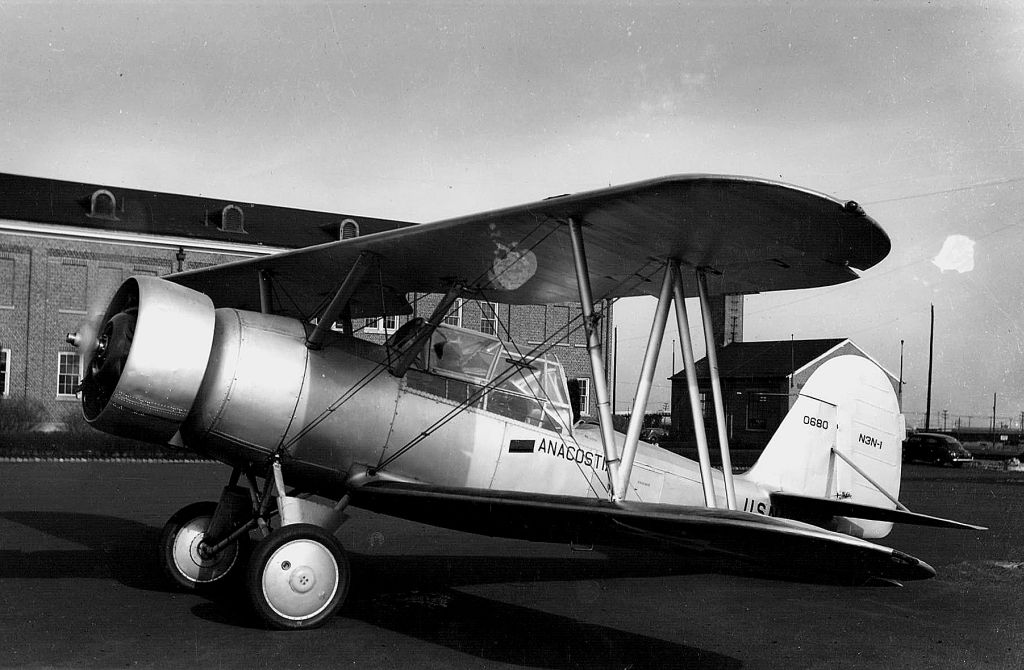
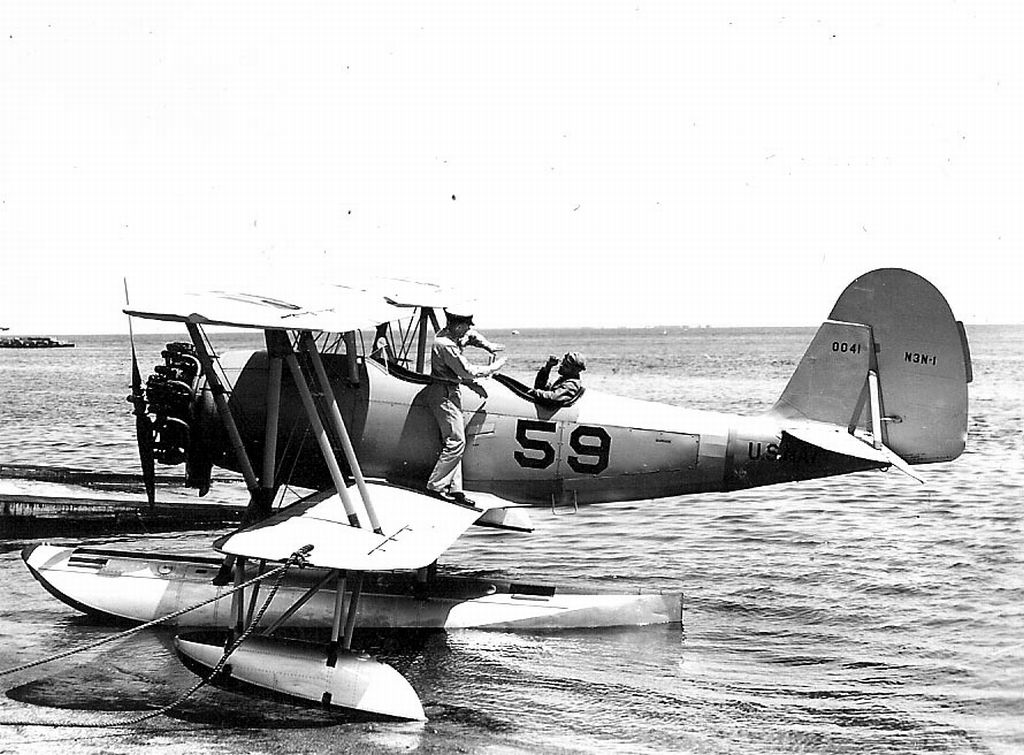
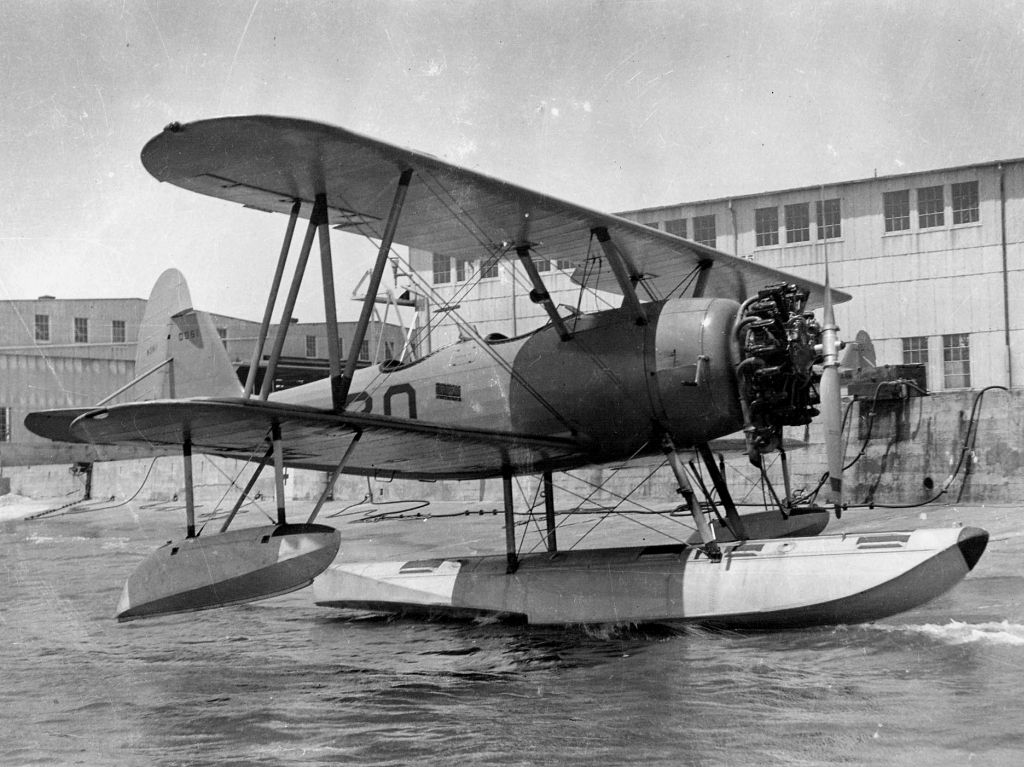
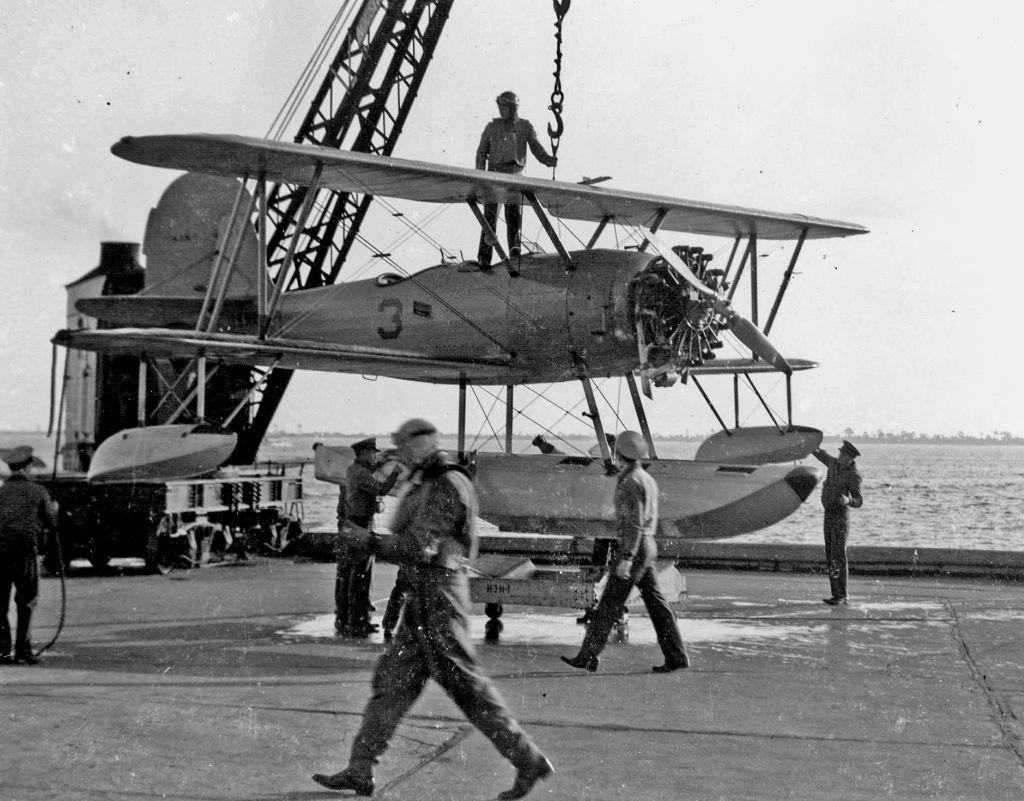
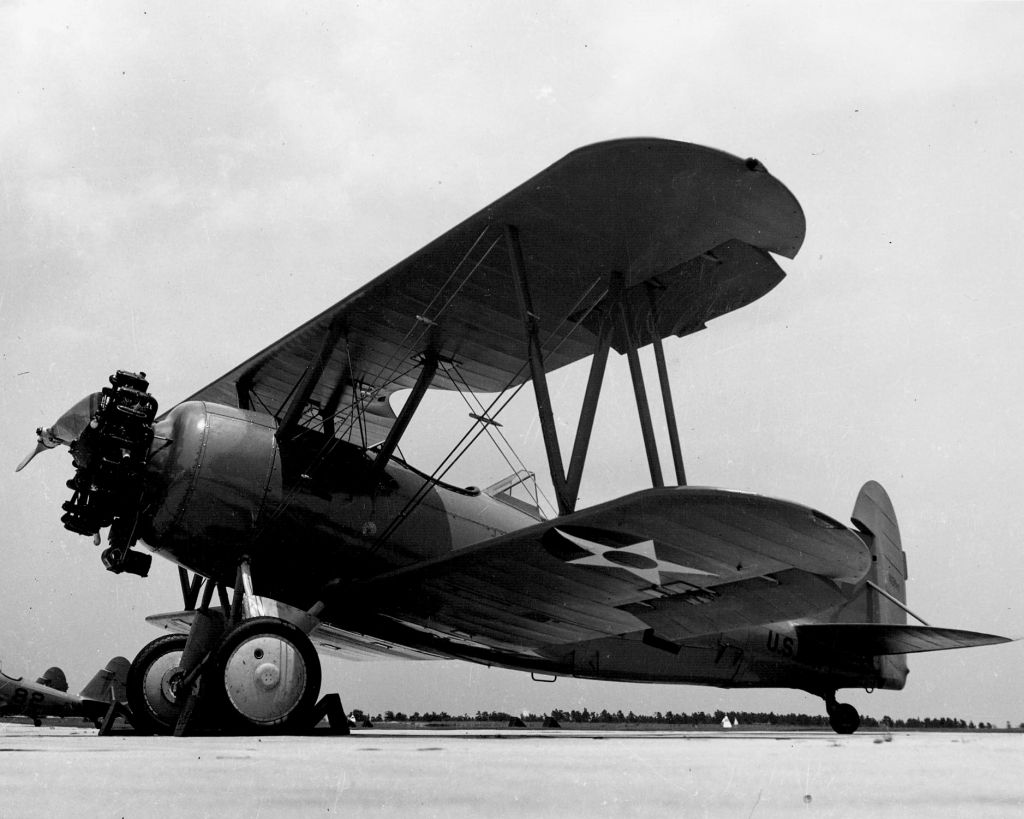

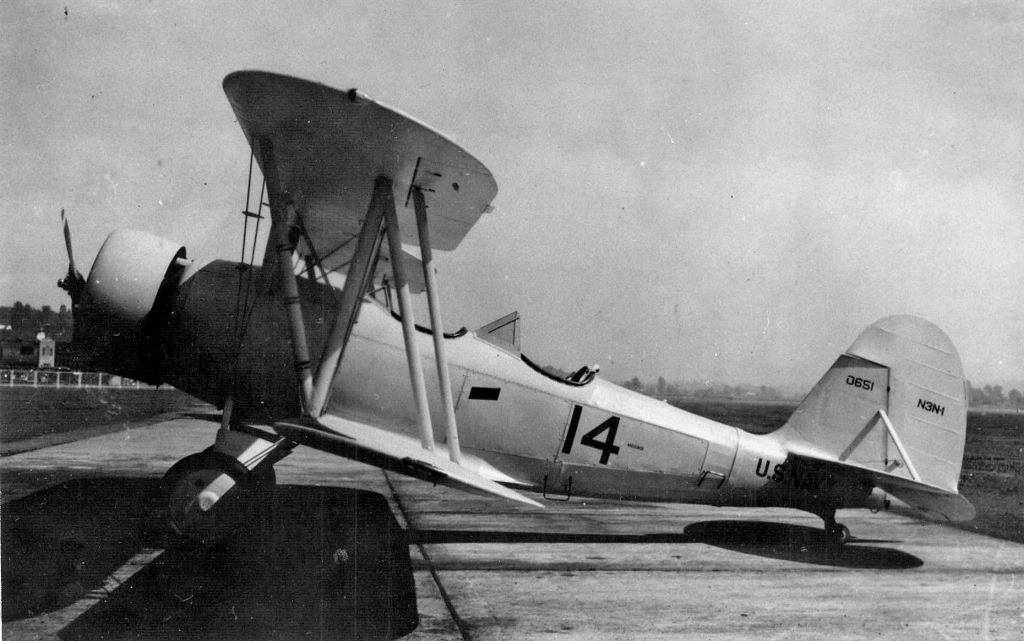
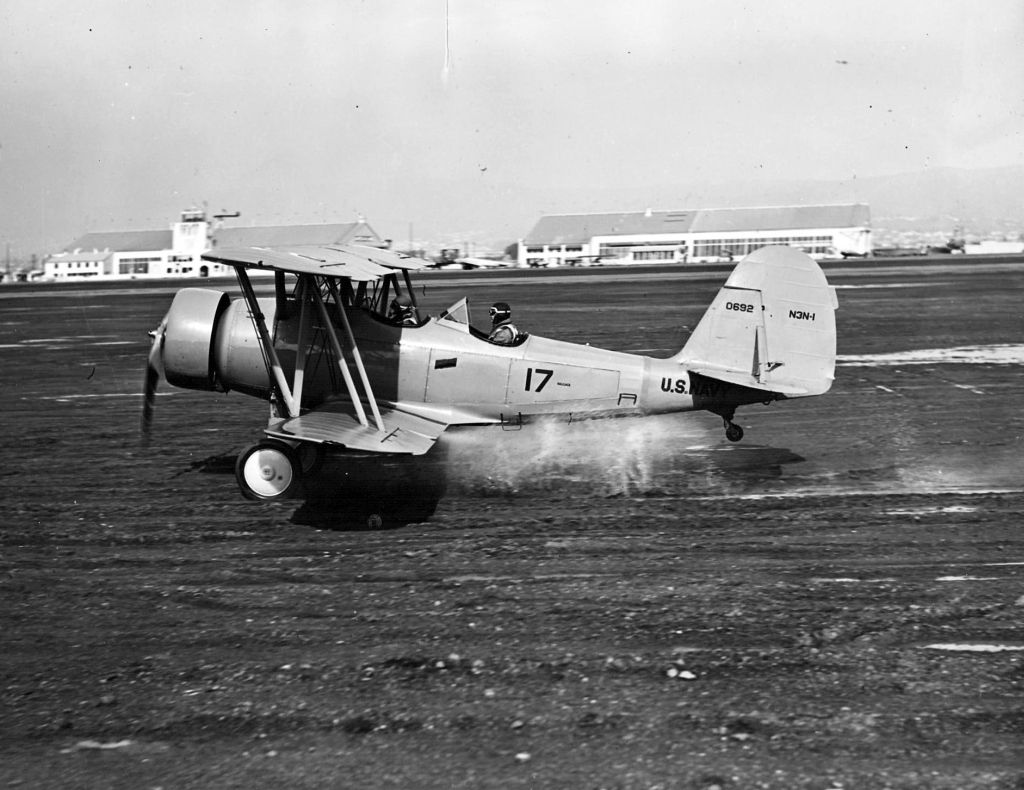
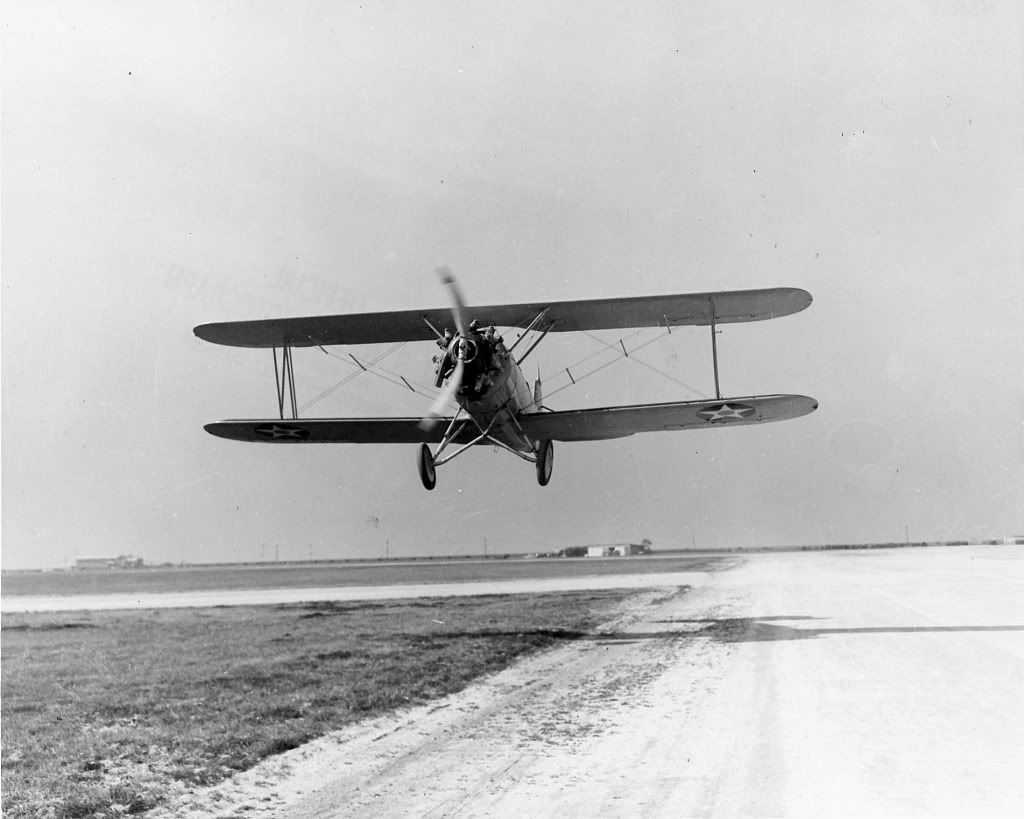

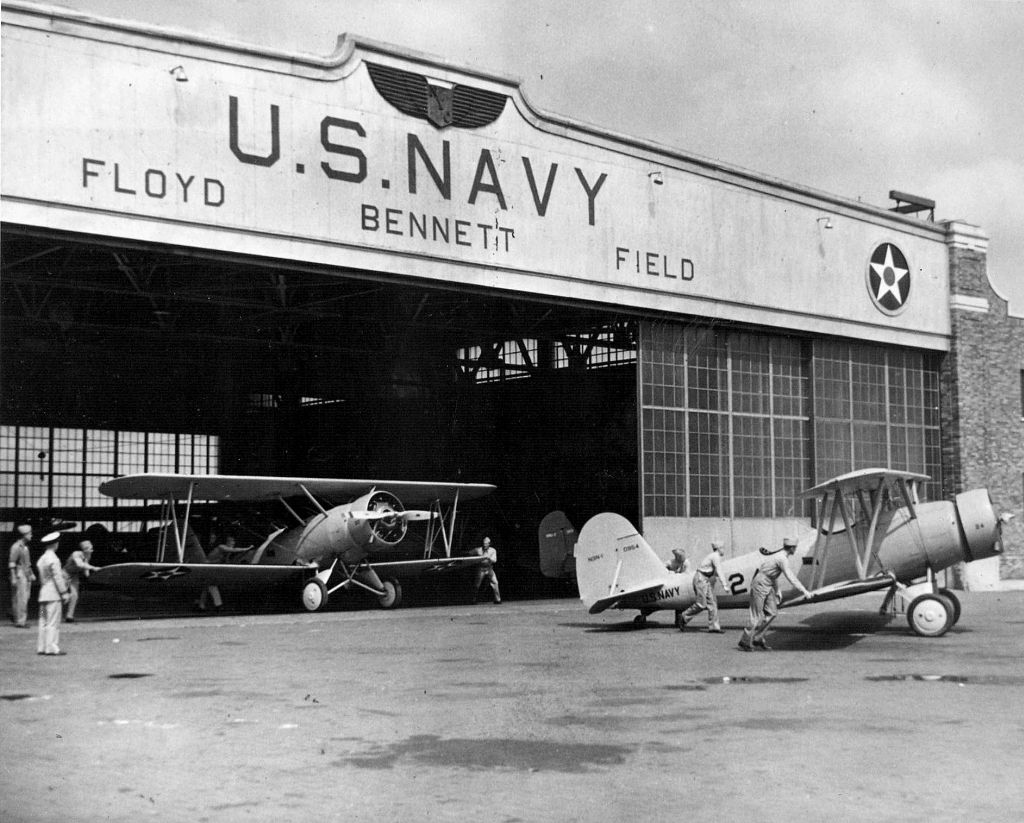
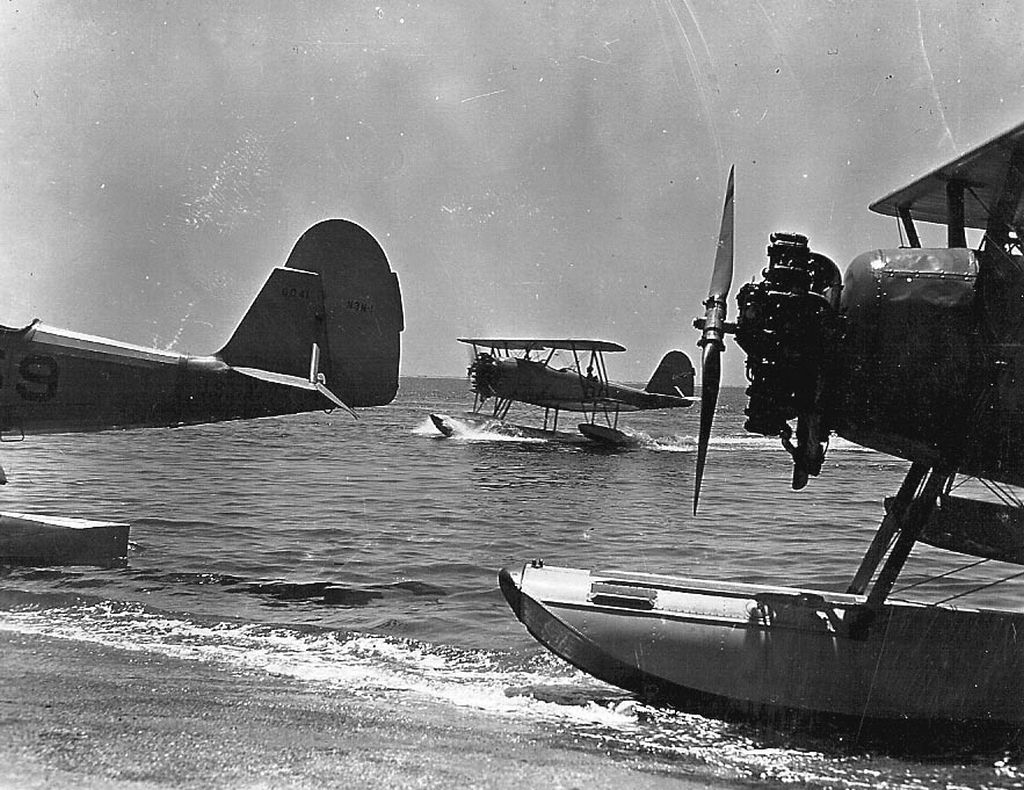
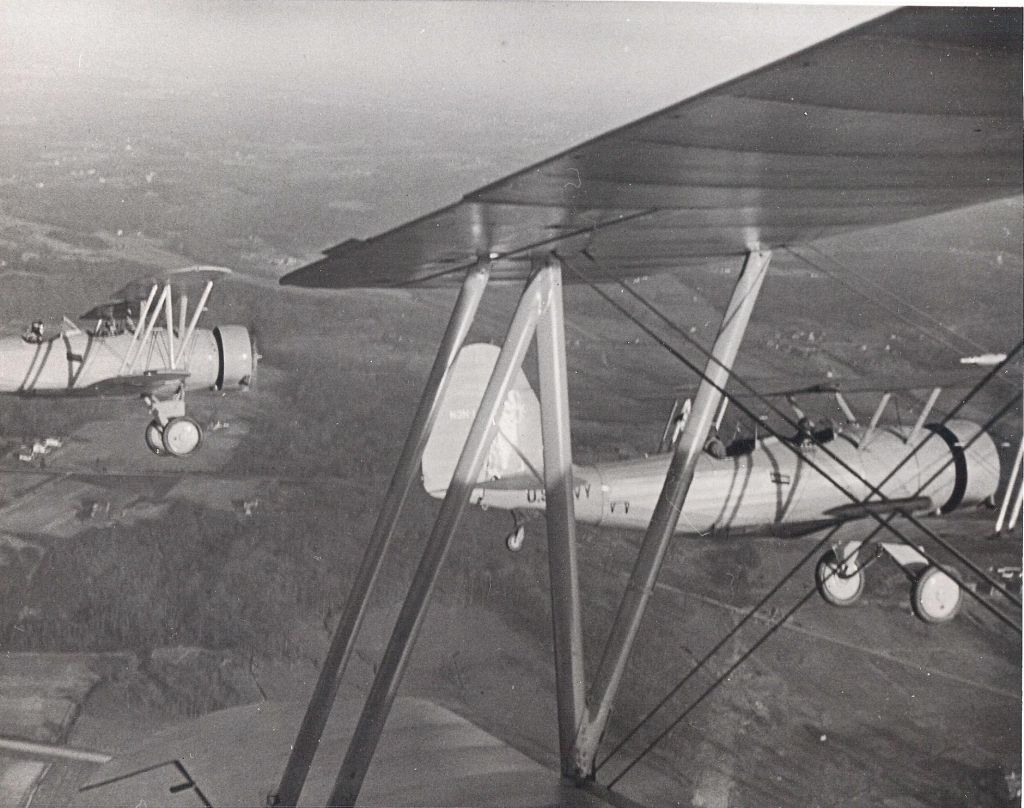
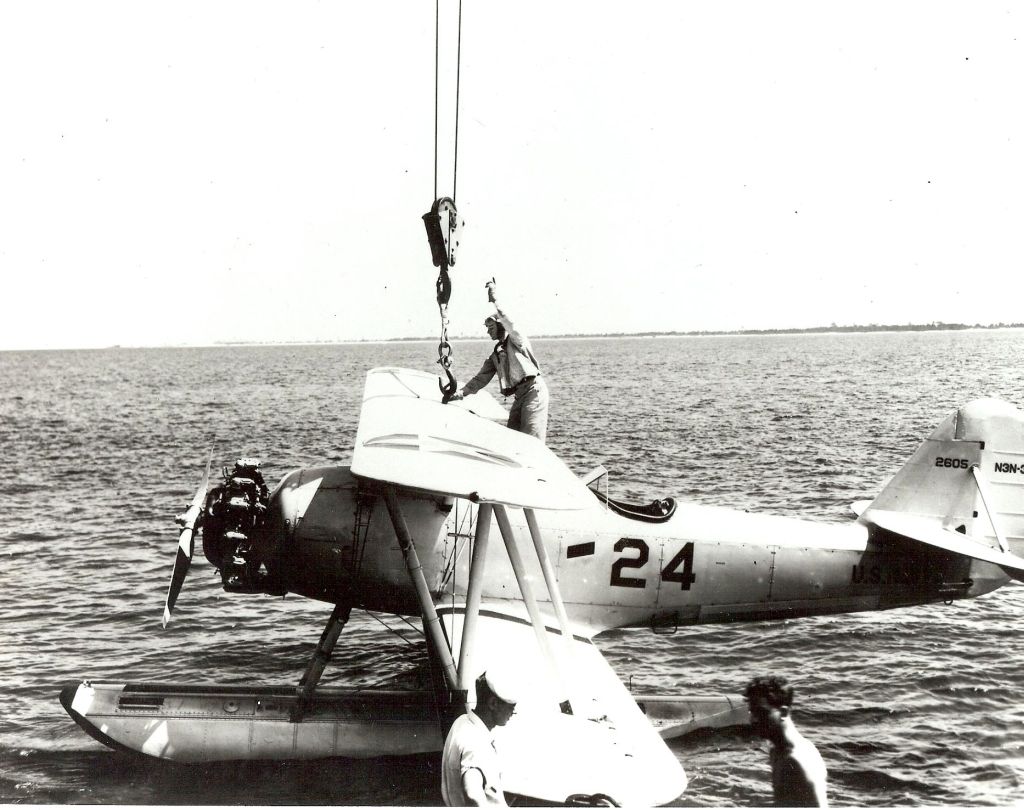
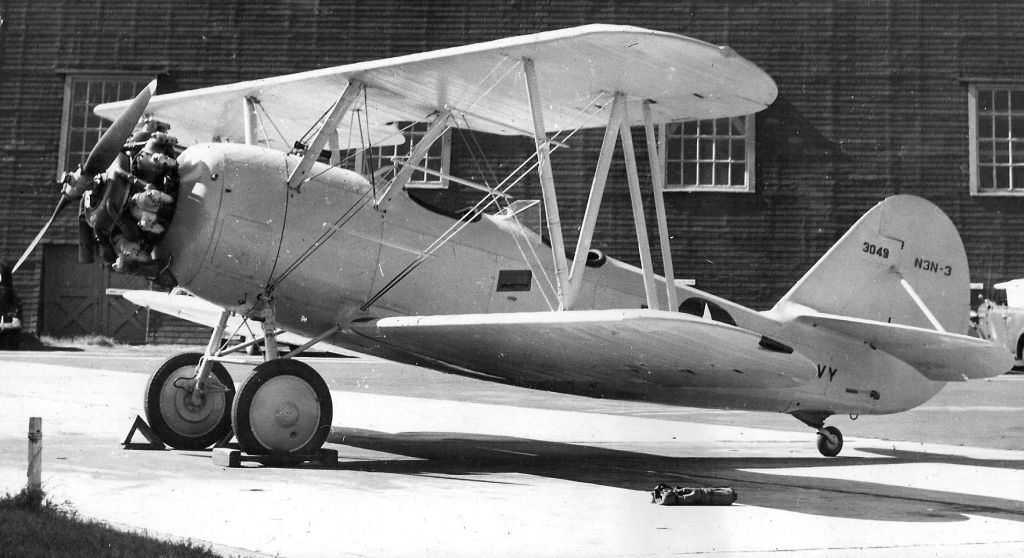
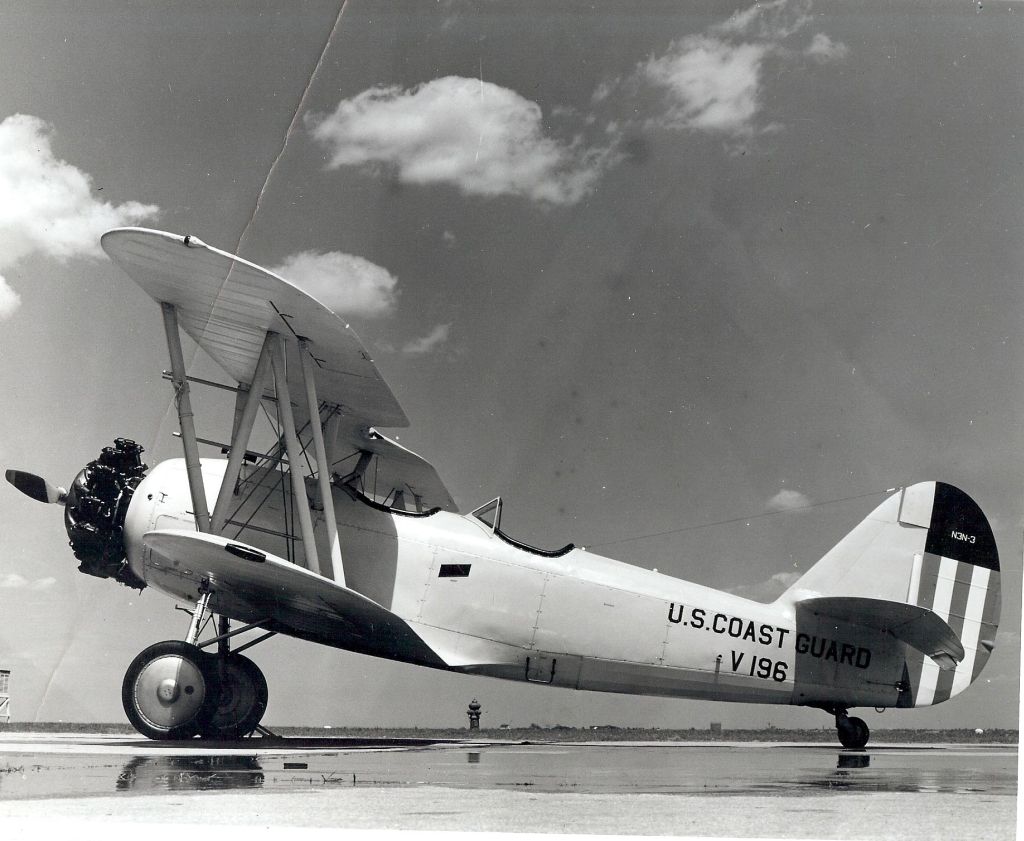
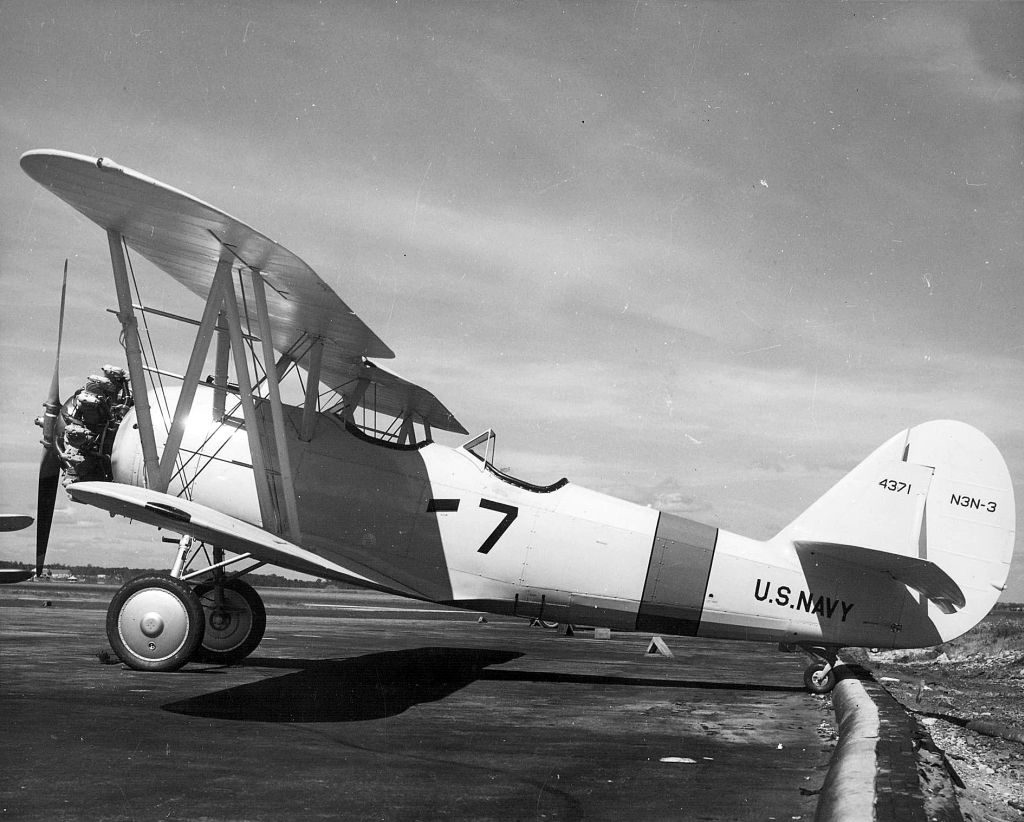

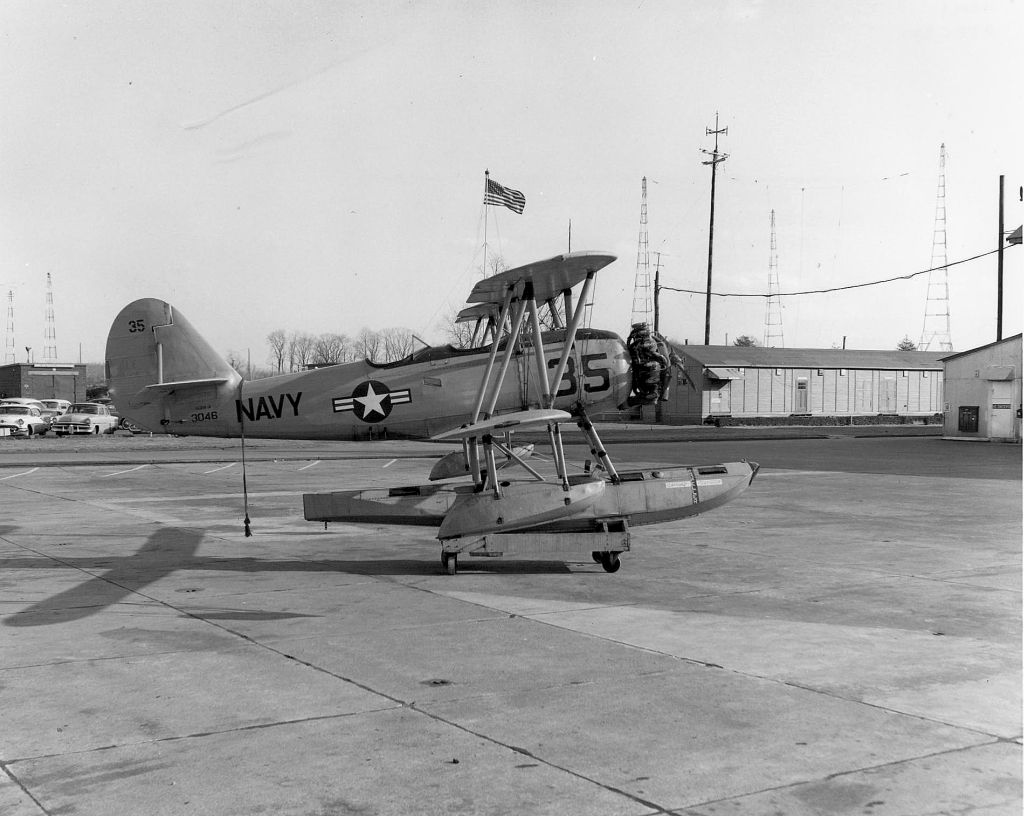

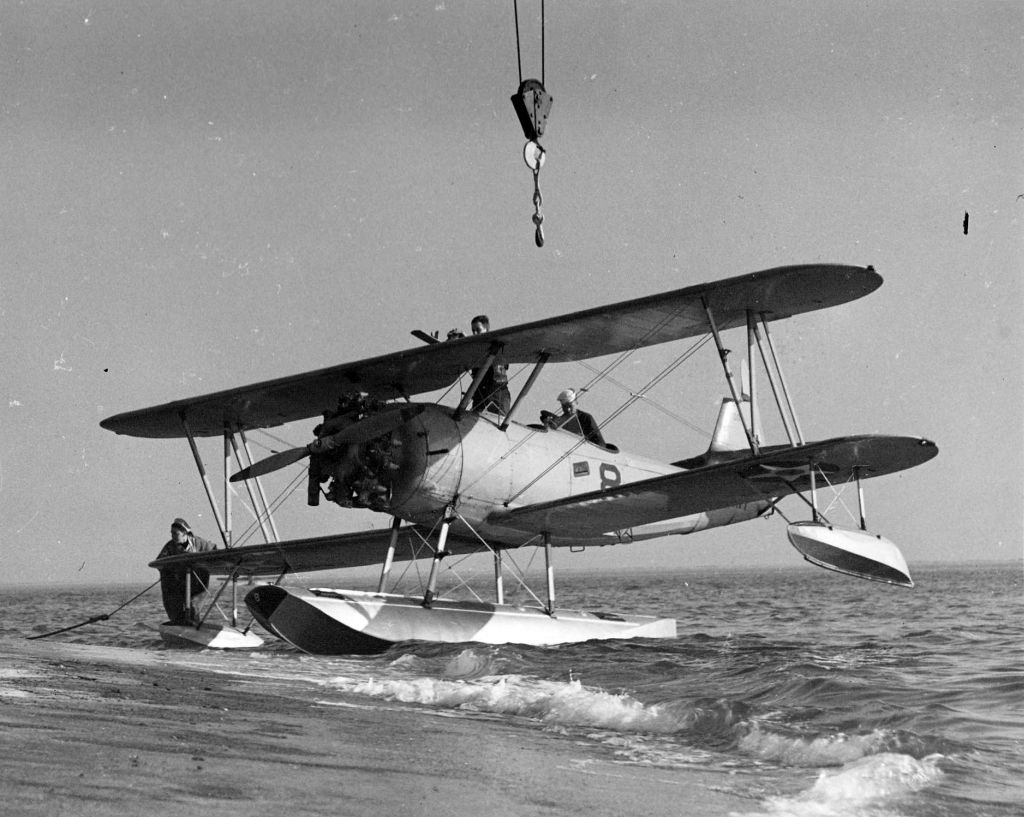

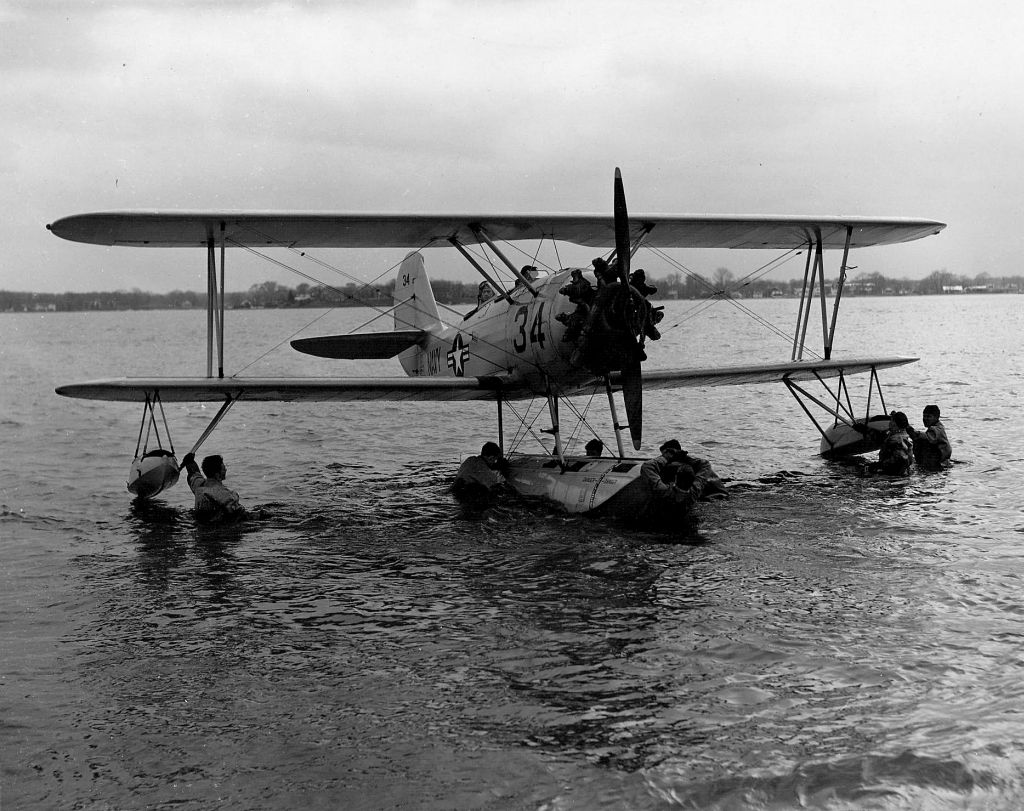
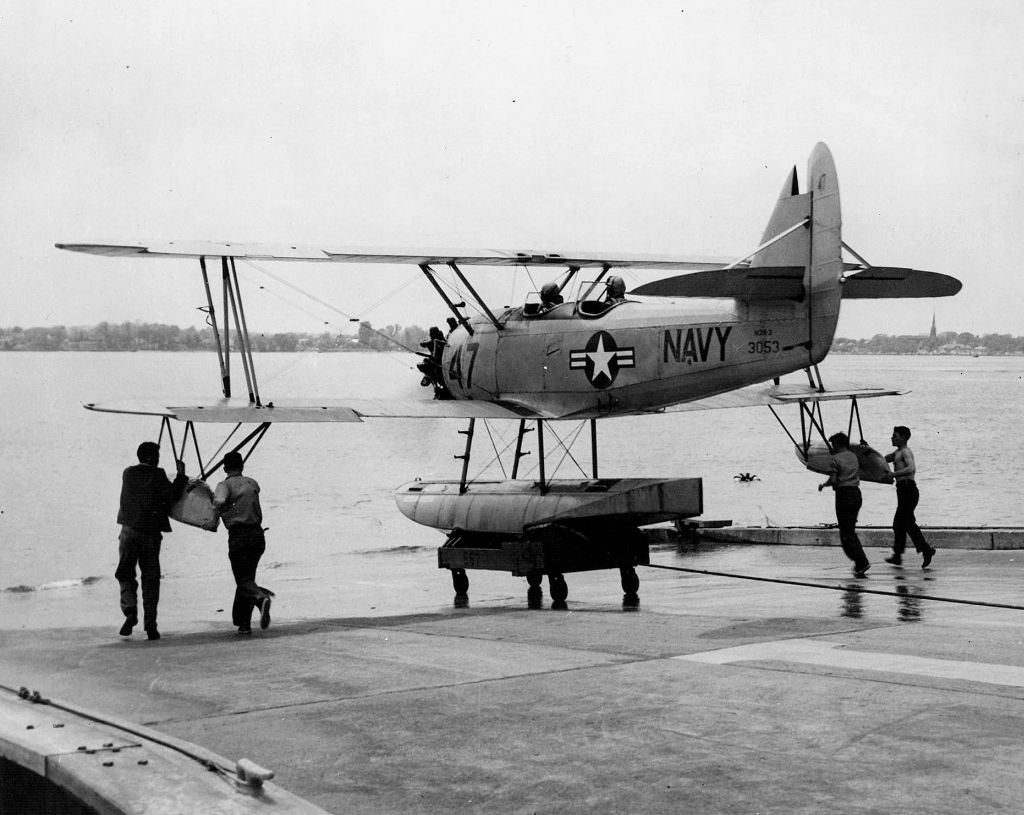
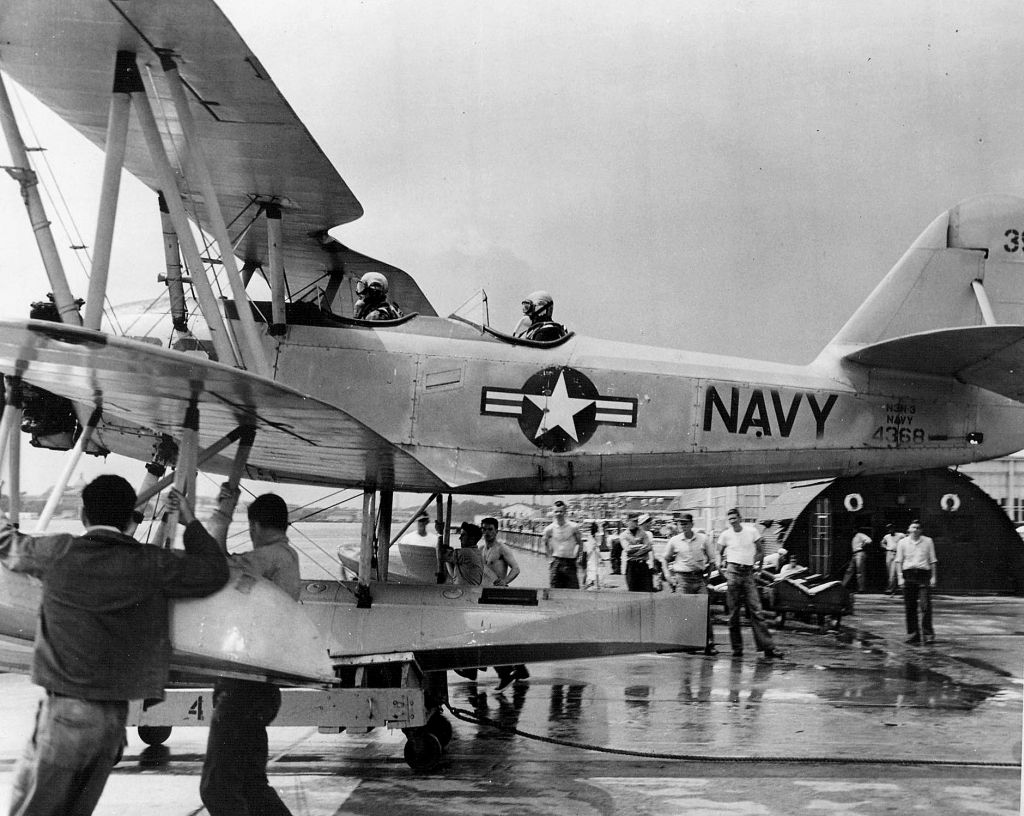

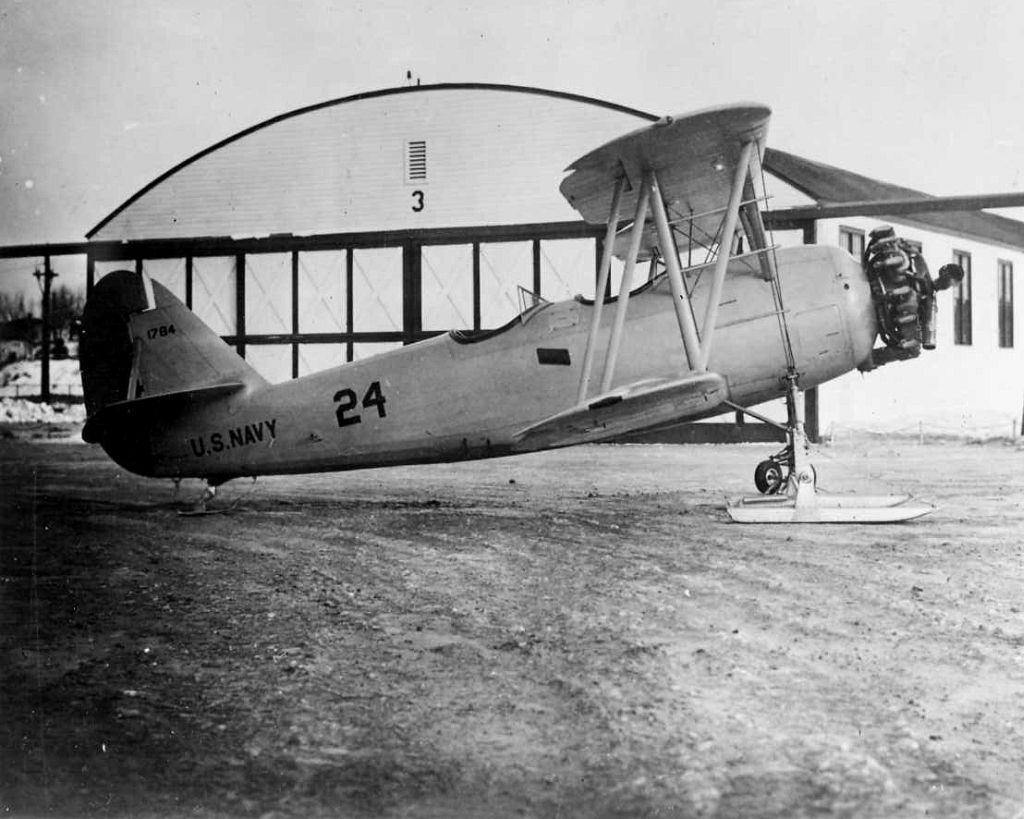
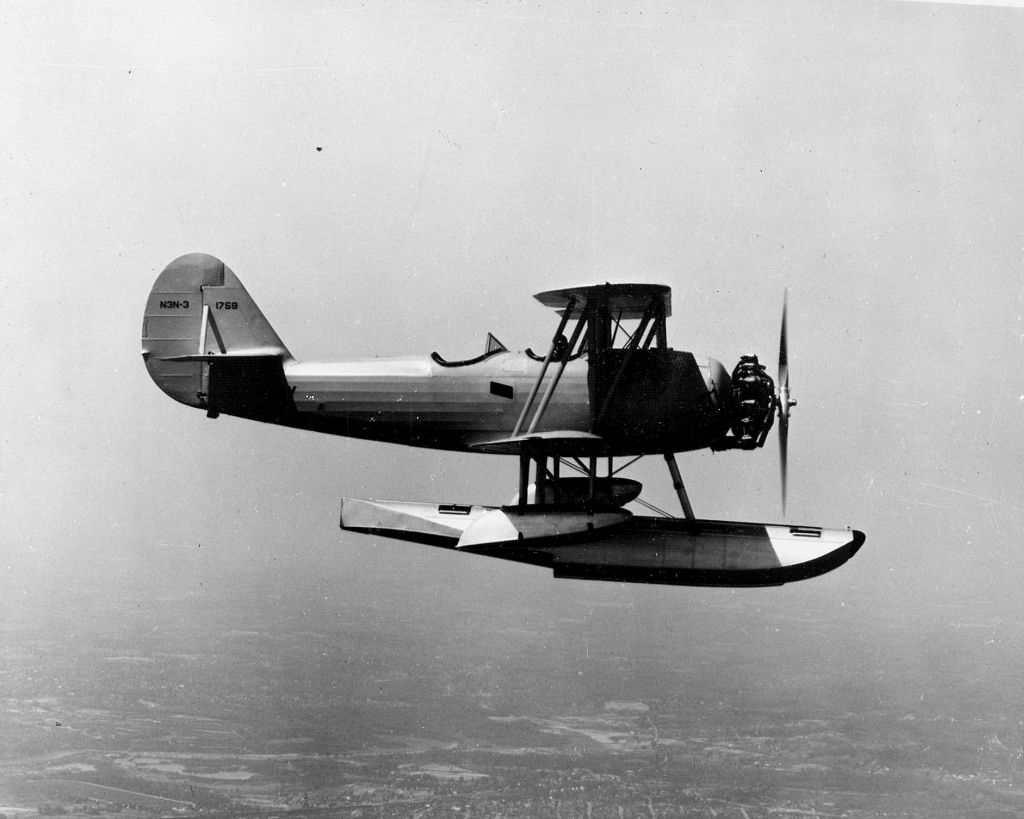
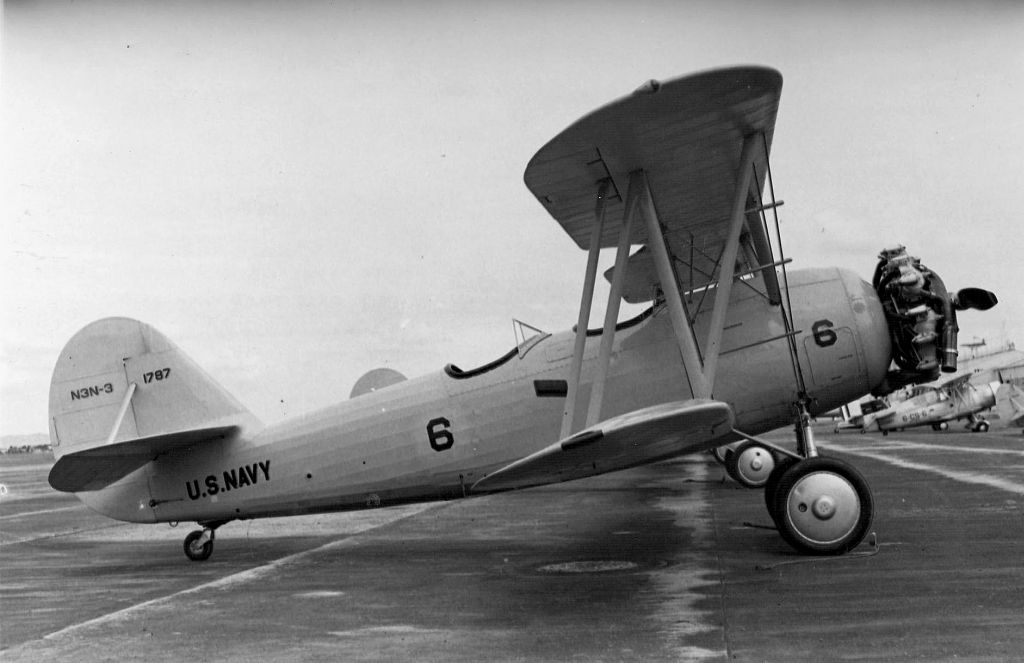
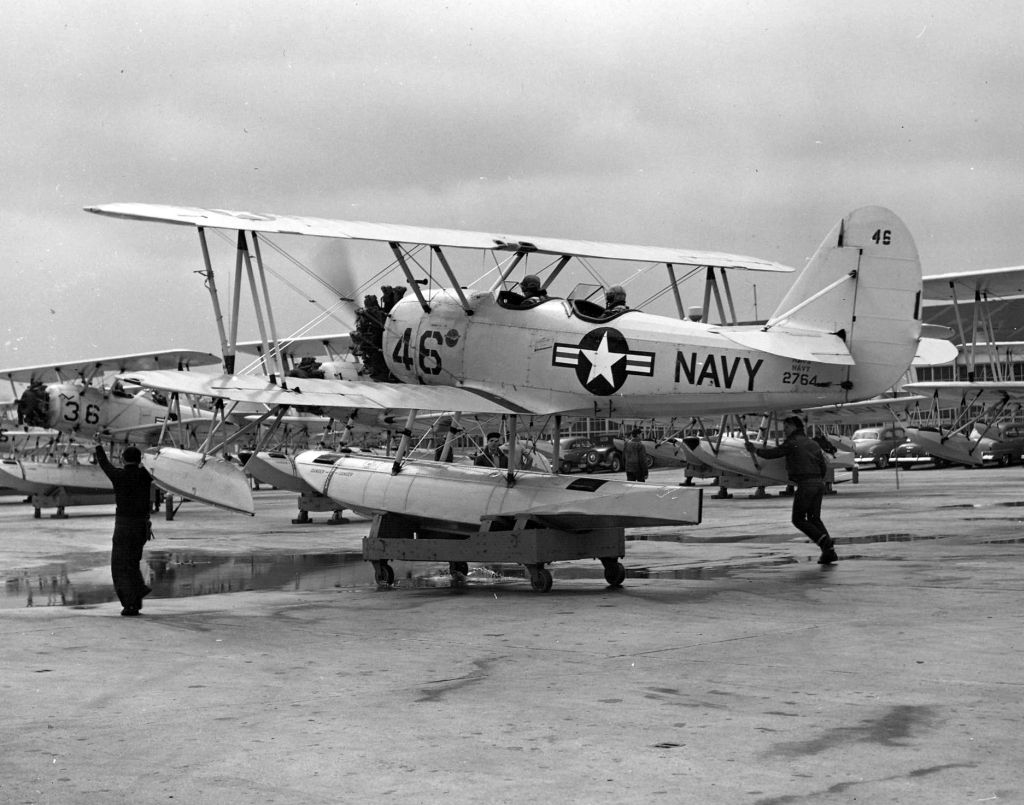
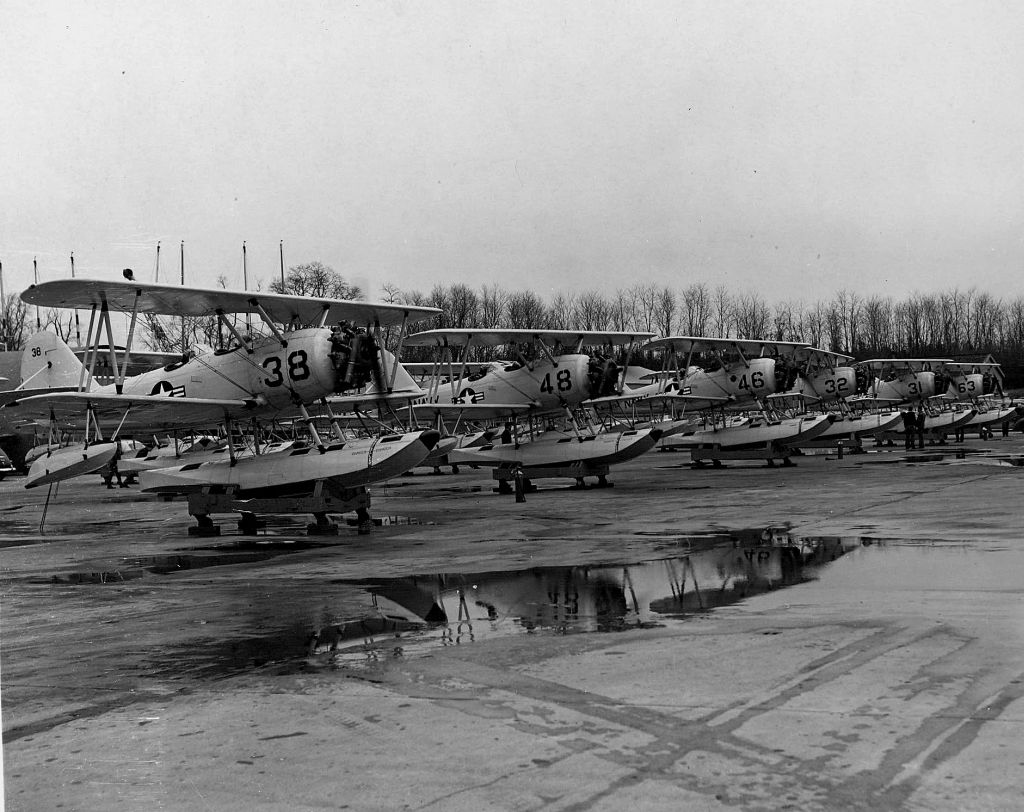
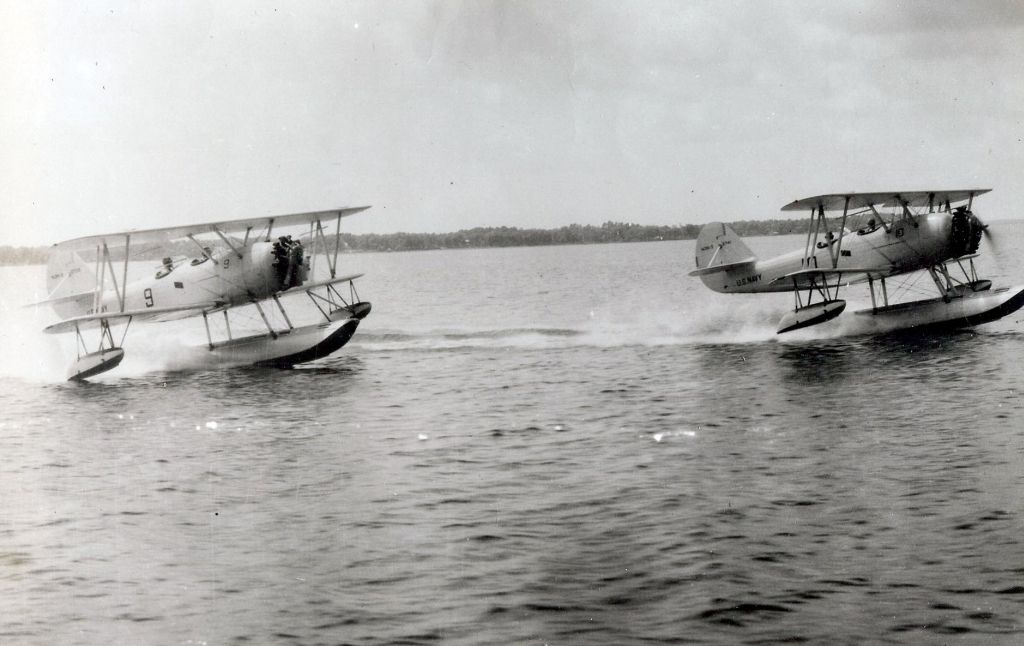
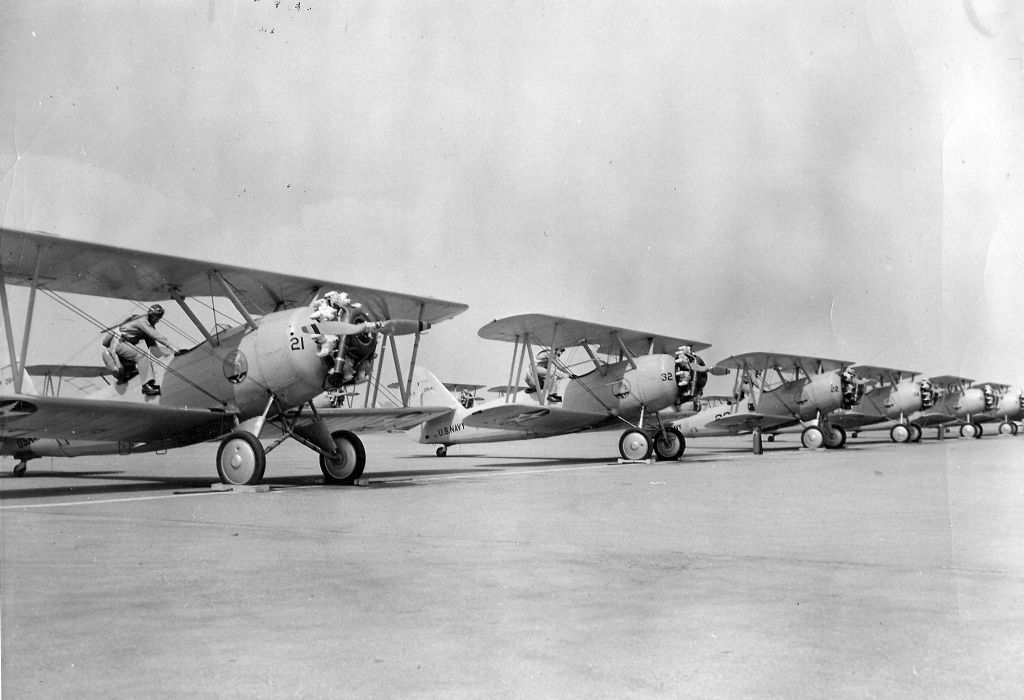

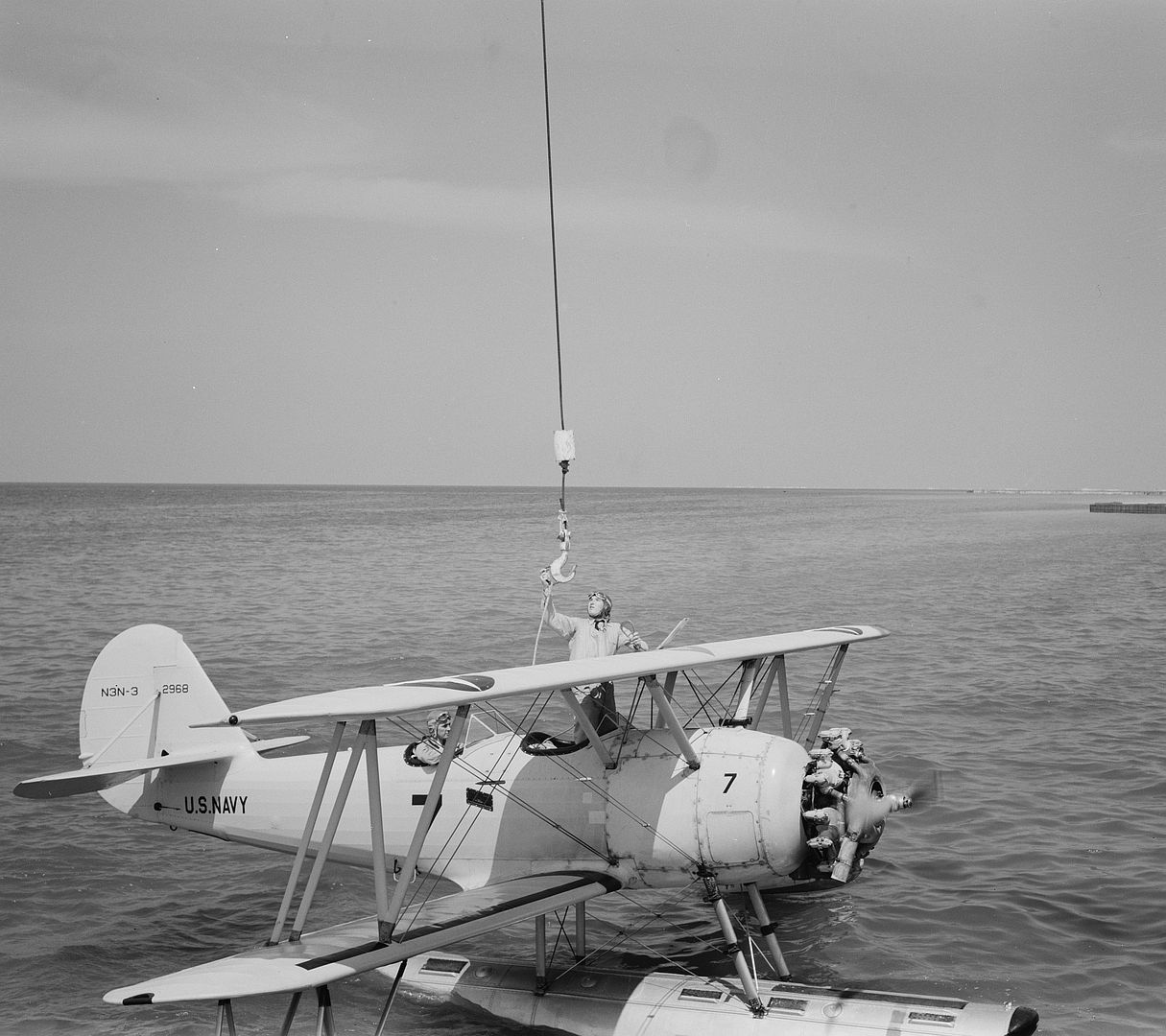
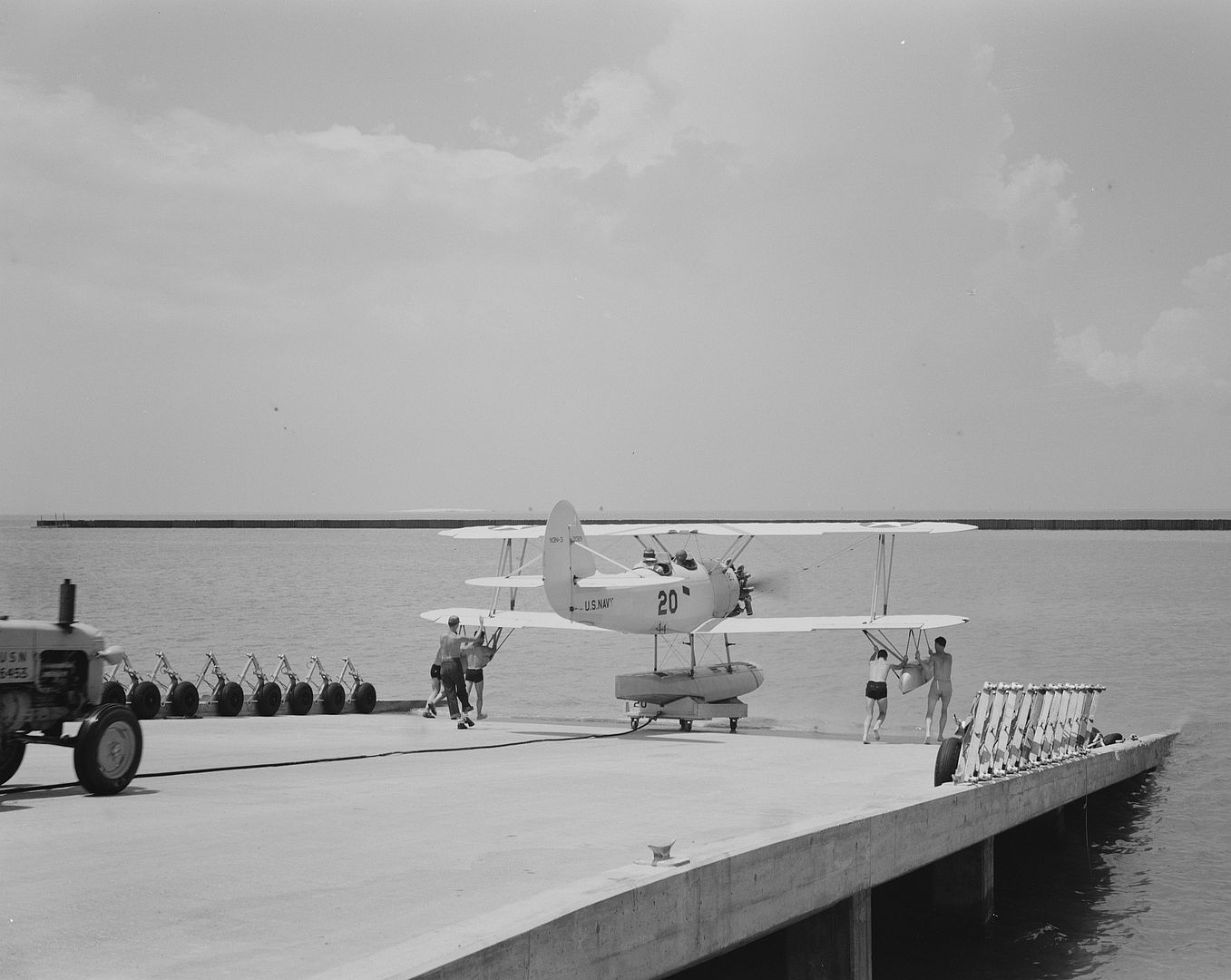
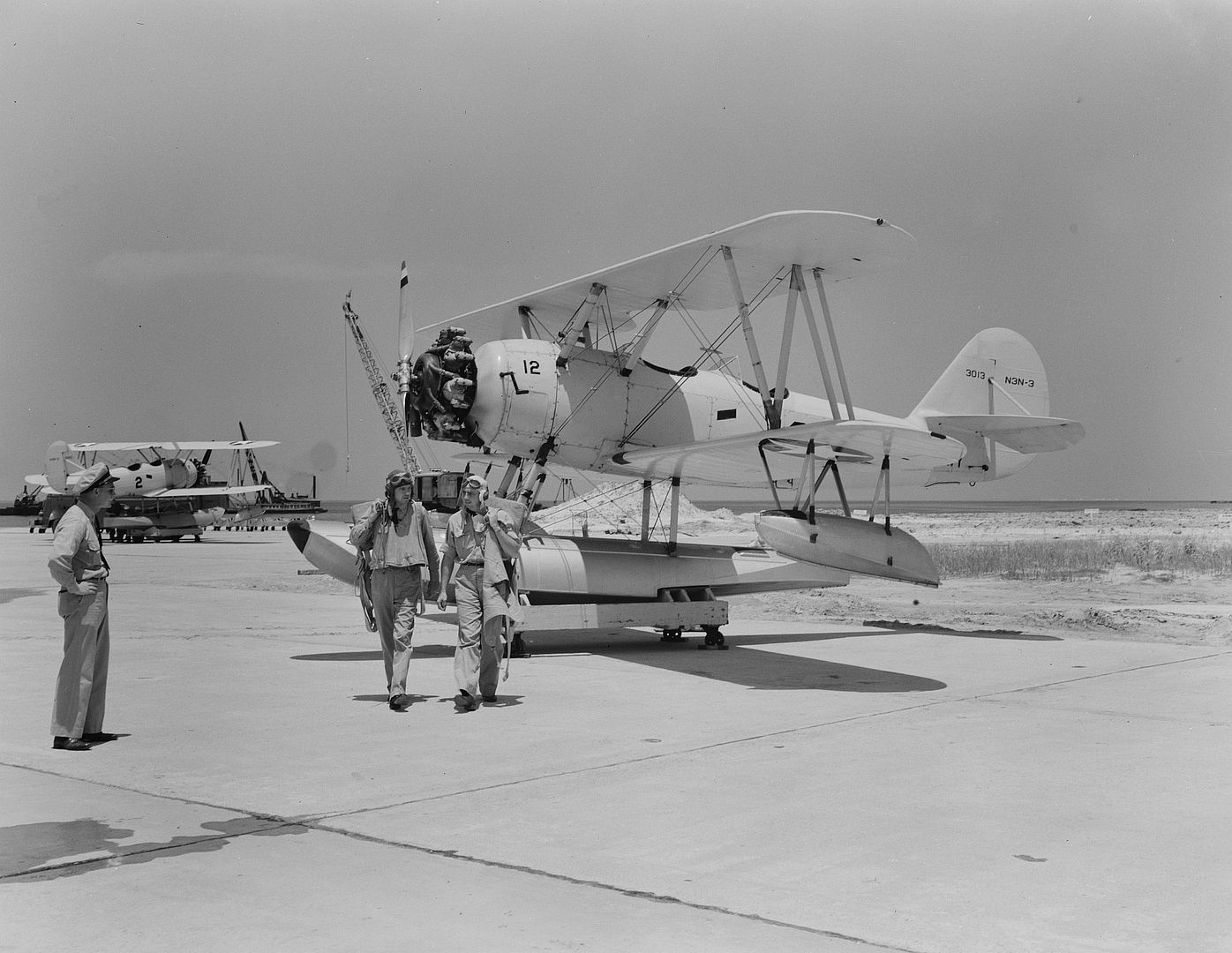

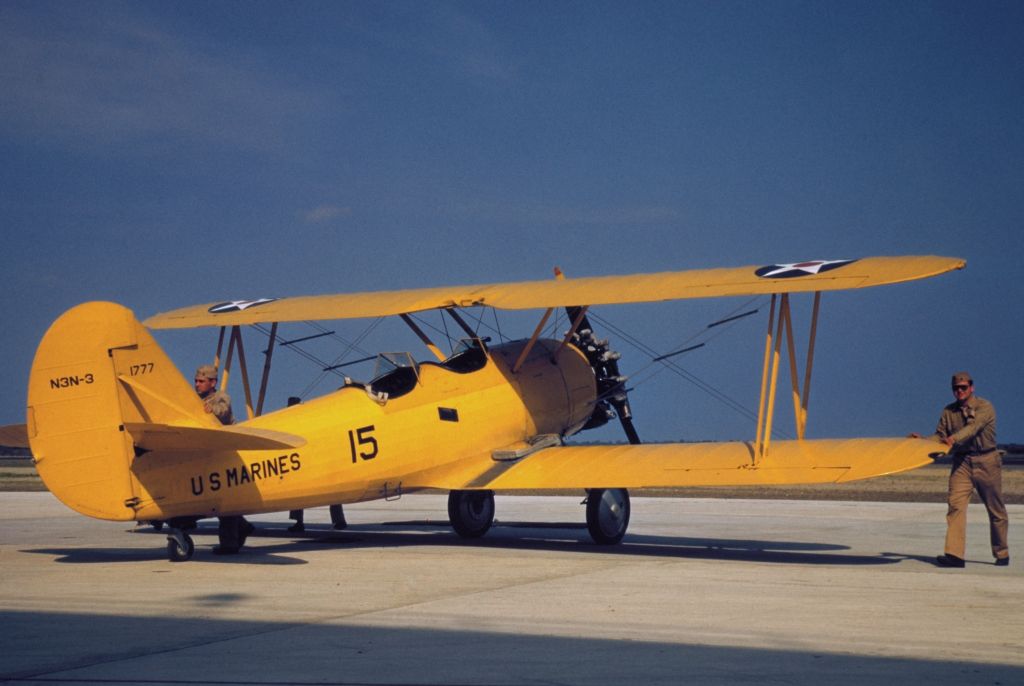
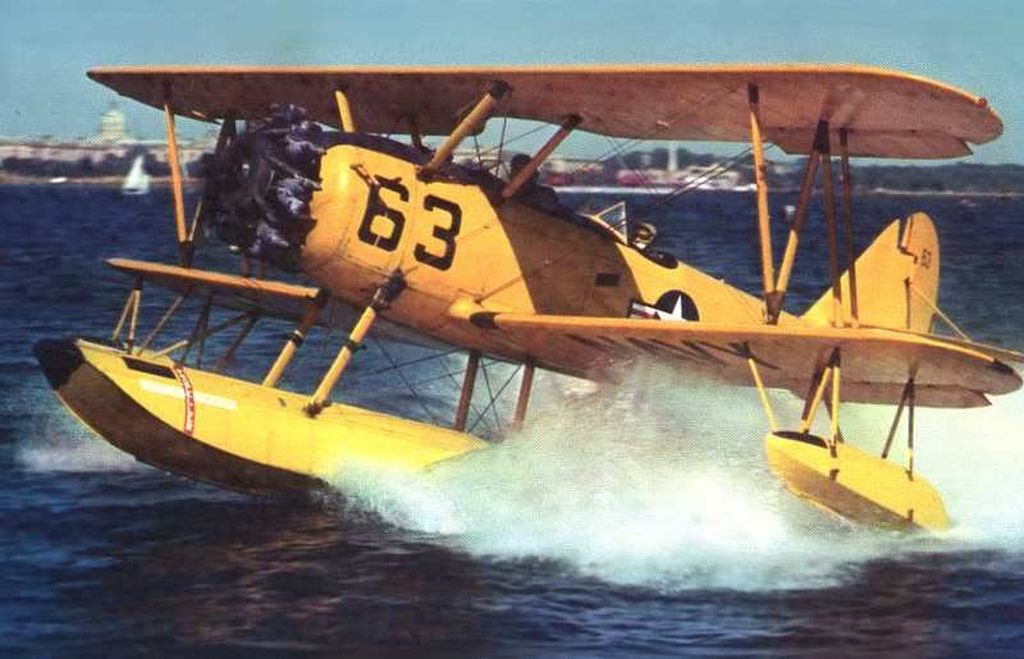
Regards Duggy -
6 years agoSun May 11 2025, 09:30amDuggy
 Main AdminN3N primary trainer,Rear Admiral Osbourne B. Hardison Chief of Naval Air Primary Training Watches mechanics install an engine during his inspection on N.A.S. New Orleans May 1945.
Main AdminN3N primary trainer,Rear Admiral Osbourne B. Hardison Chief of Naval Air Primary Training Watches mechanics install an engine during his inspection on N.A.S. New Orleans May 1945.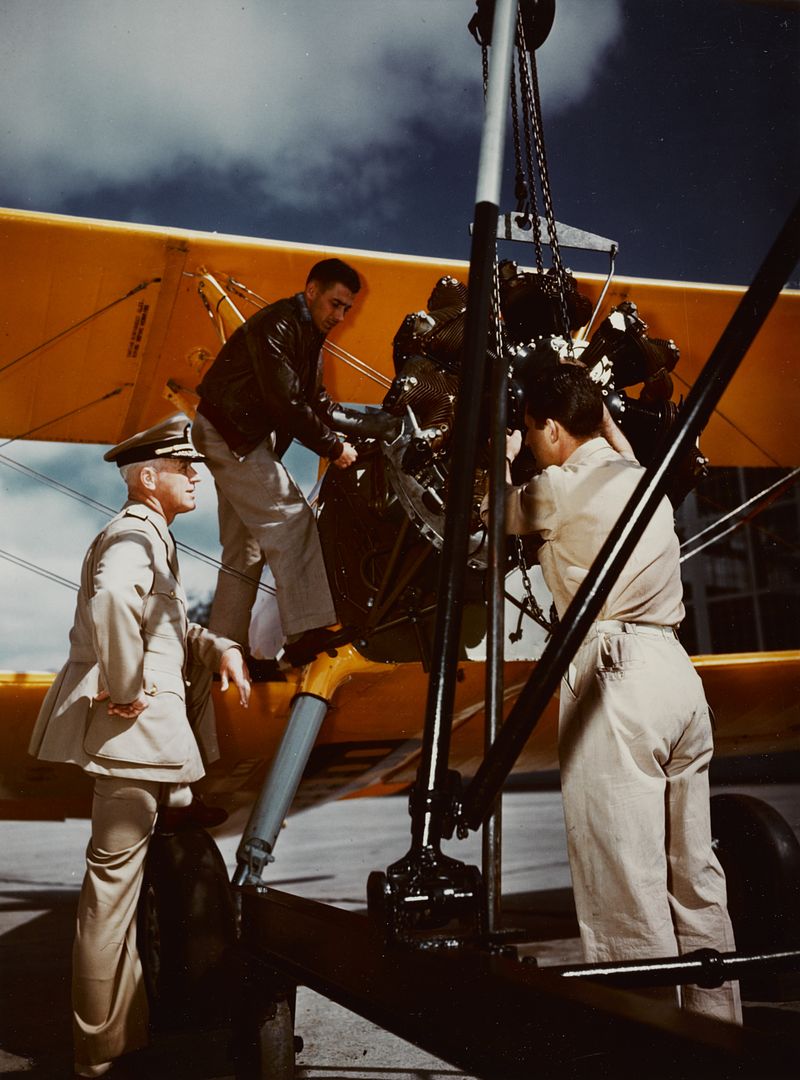
N3N -1 YELLOW PERIL training aircraft -BU -0689 Ground crewman cranks up the engine at the start of a training flight for a Naval aviation cadet circa 1940-42.
N3N Pilot instructor records data of a flight for the plane captain following a training hop with aviation cadet 1942.
N3N Pilot instructor and a naval aviation cadet check with the plane captain of their N.A.F. floatplane following a training flight circa 1942-43.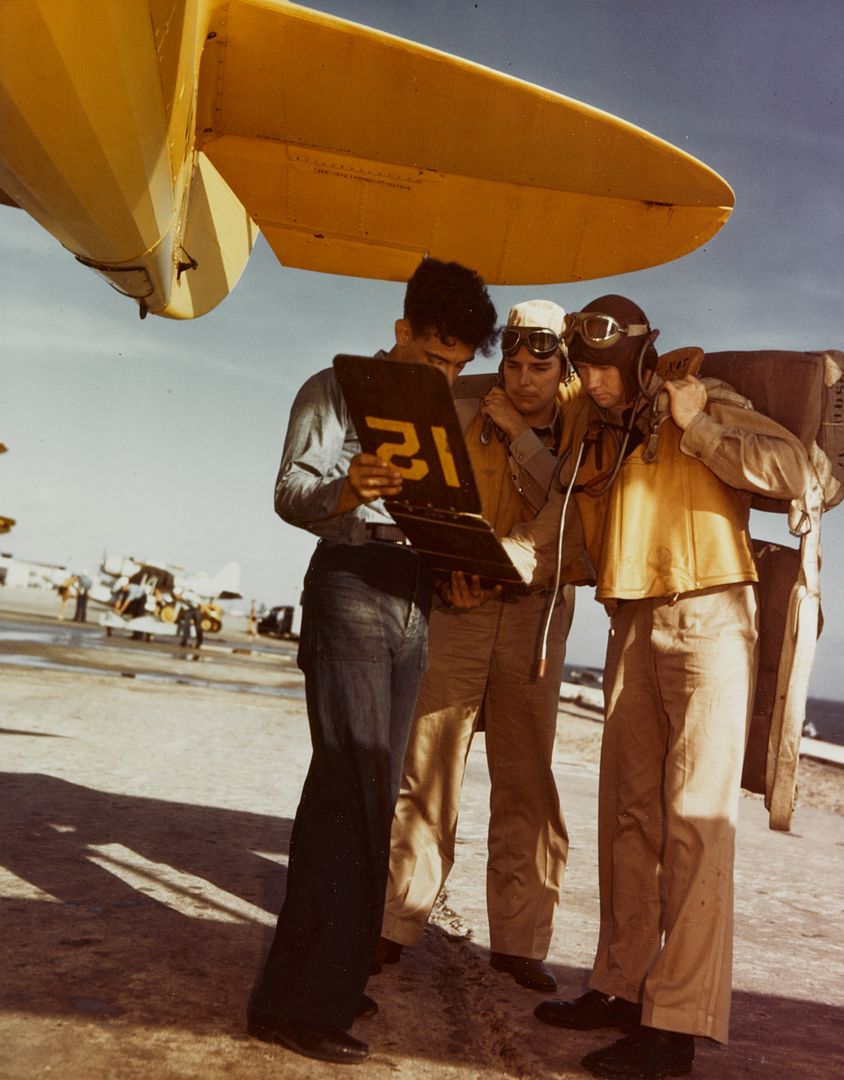
N3N -3 Trainer - Yellow Peril Bu-2885. Photographed in front of building 57 NAS Anacostia DC. in 1940.
N3N-1 pilot getting ready for a flight at Naval Air Station Pensacola Florida circa 1940-41.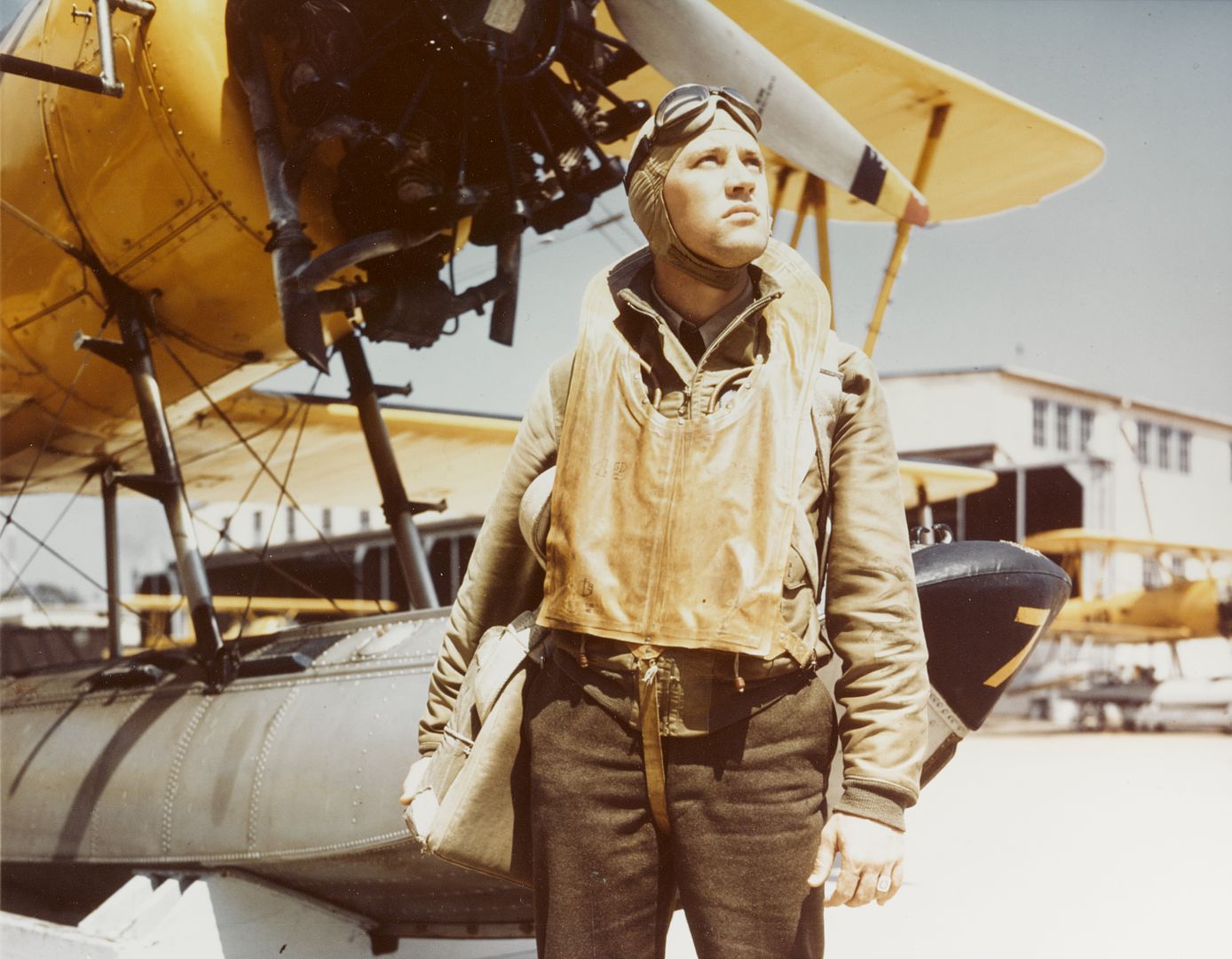
N3N training plane circa 1939-42 Sailors and civilian workman repairing a wing panel at a ground school.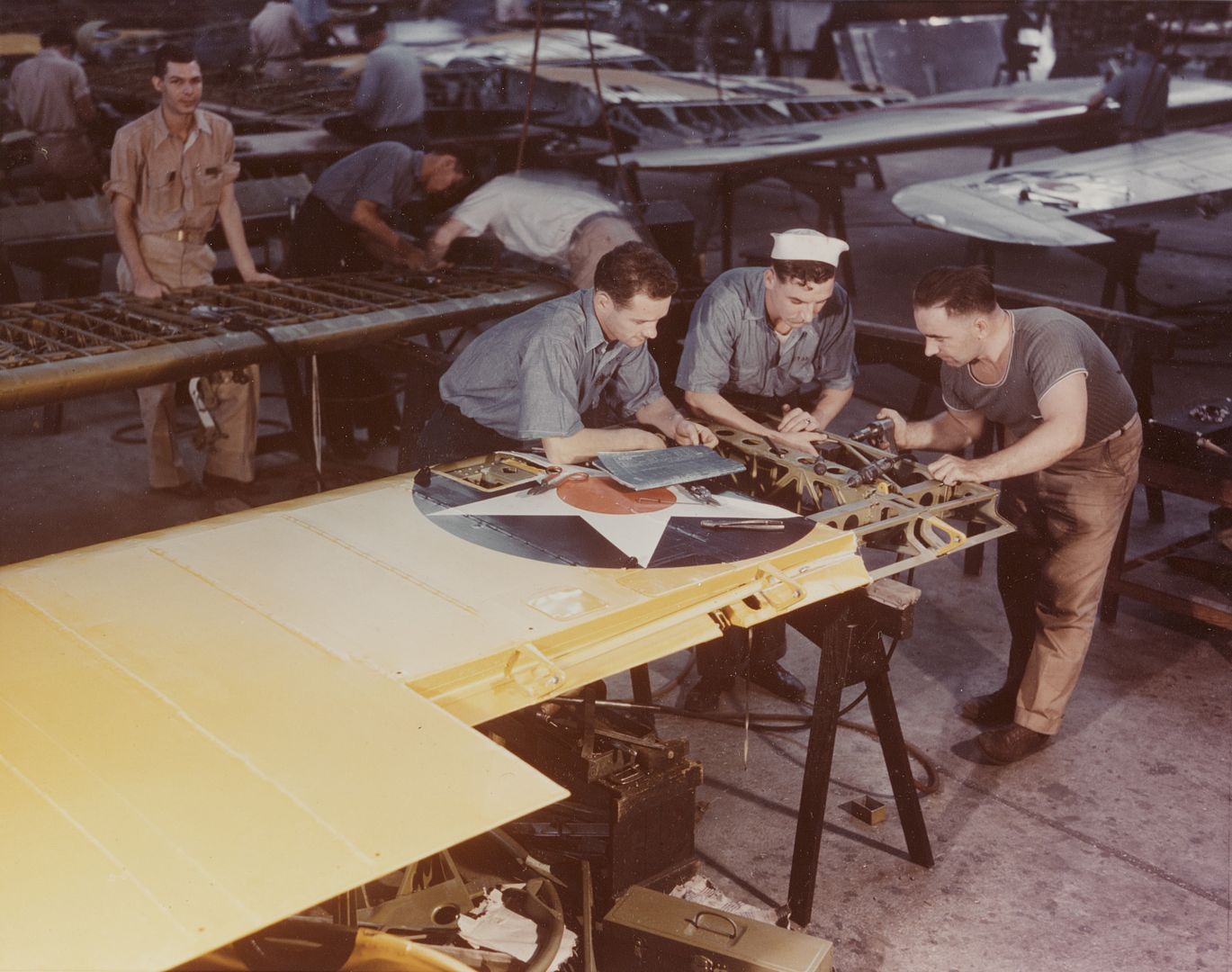
N3N floatplane U.S. Navy Student Pilot prepares to board for a training flight on the N.A.S. Pensacola Florida Waterfront circa 1940.
N3N Trainer aircraft wing is hauled toward the A and R shop hangar at a naval air station circa 1942-43.
N3N-1 Floatplane trainer on a seaplane ramp at N.A.S. Pensacola Florida circa the early 1940s
N3Ns After Landing at NAS, Corpus Christi, Texas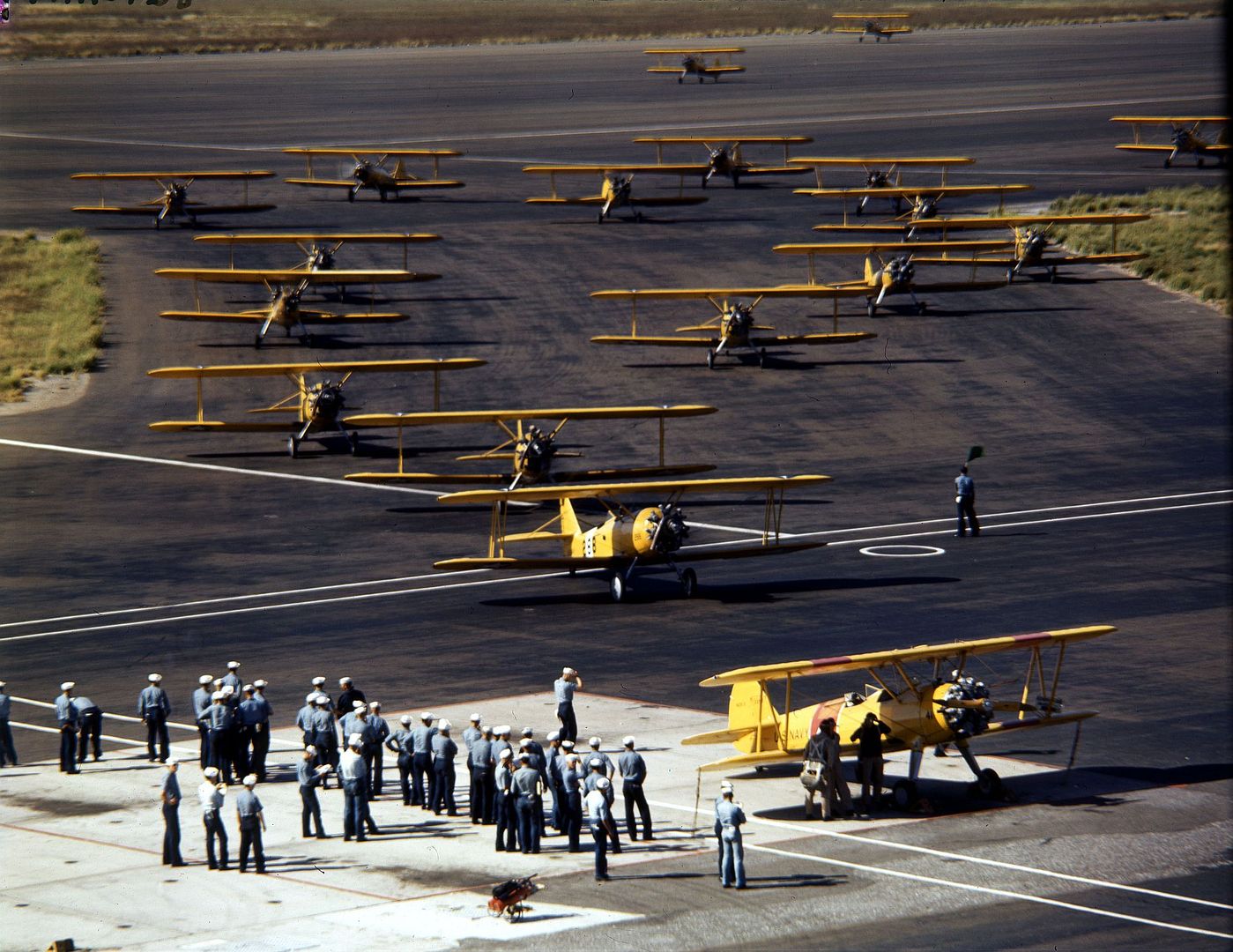
Closeup of Aviation Cadet in Cockpit of N3N
Post a reply
- Go to Previous topic
- Go to Next topic
- Go to Welcome
- Go to Introduce Yourself
- Go to General Discussion
- Go to Screenshots, Images and Videos
- Go to Off topic
- Go to Works in Progress
- Go to Skinning Tips / Tutorials
- Go to Skin Requests
- Go to IJAAF Library
- Go to Luftwaffe Library
- Go to RAF Library
- Go to USAAF / USN Library
- Go to Misc Library
- Go to The Ops Room
- Go to Made in Germany
- Go to Campaigns and Missions
- Go to Works in Progress
- Go to Juri's Air-Raid Shelter
- Go to Campaigns and Missions
- Go to Works in Progress
- Go to Skinpacks
- Go to External Projects Discussion
- Go to Books & Resources
